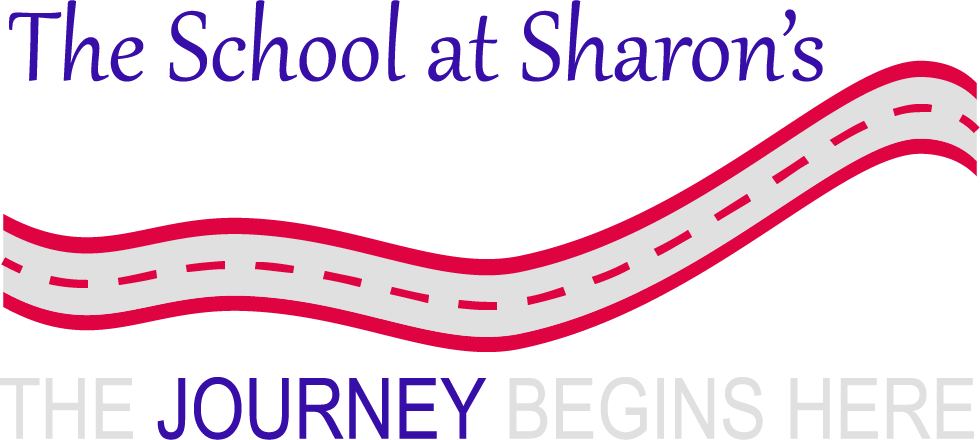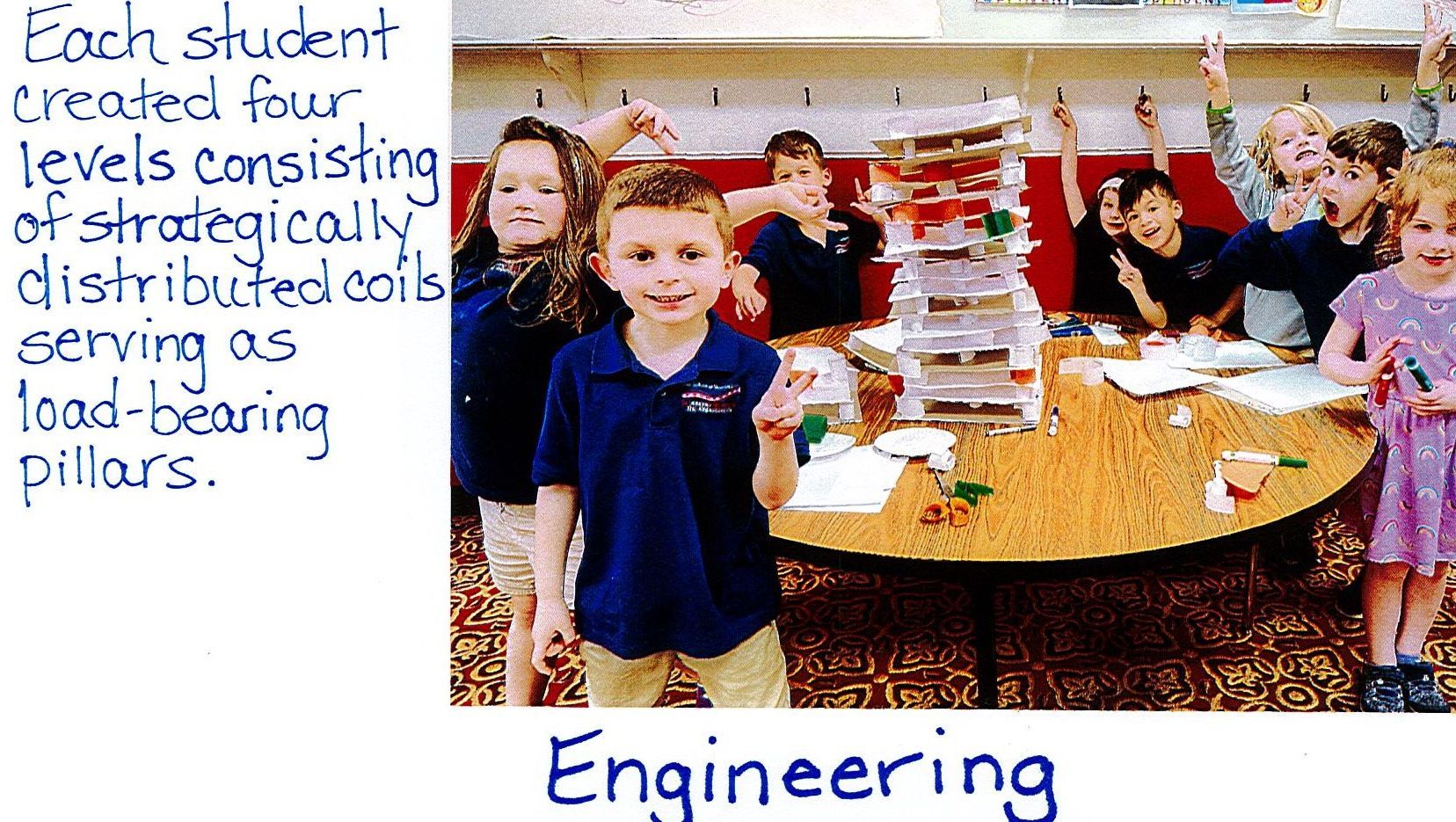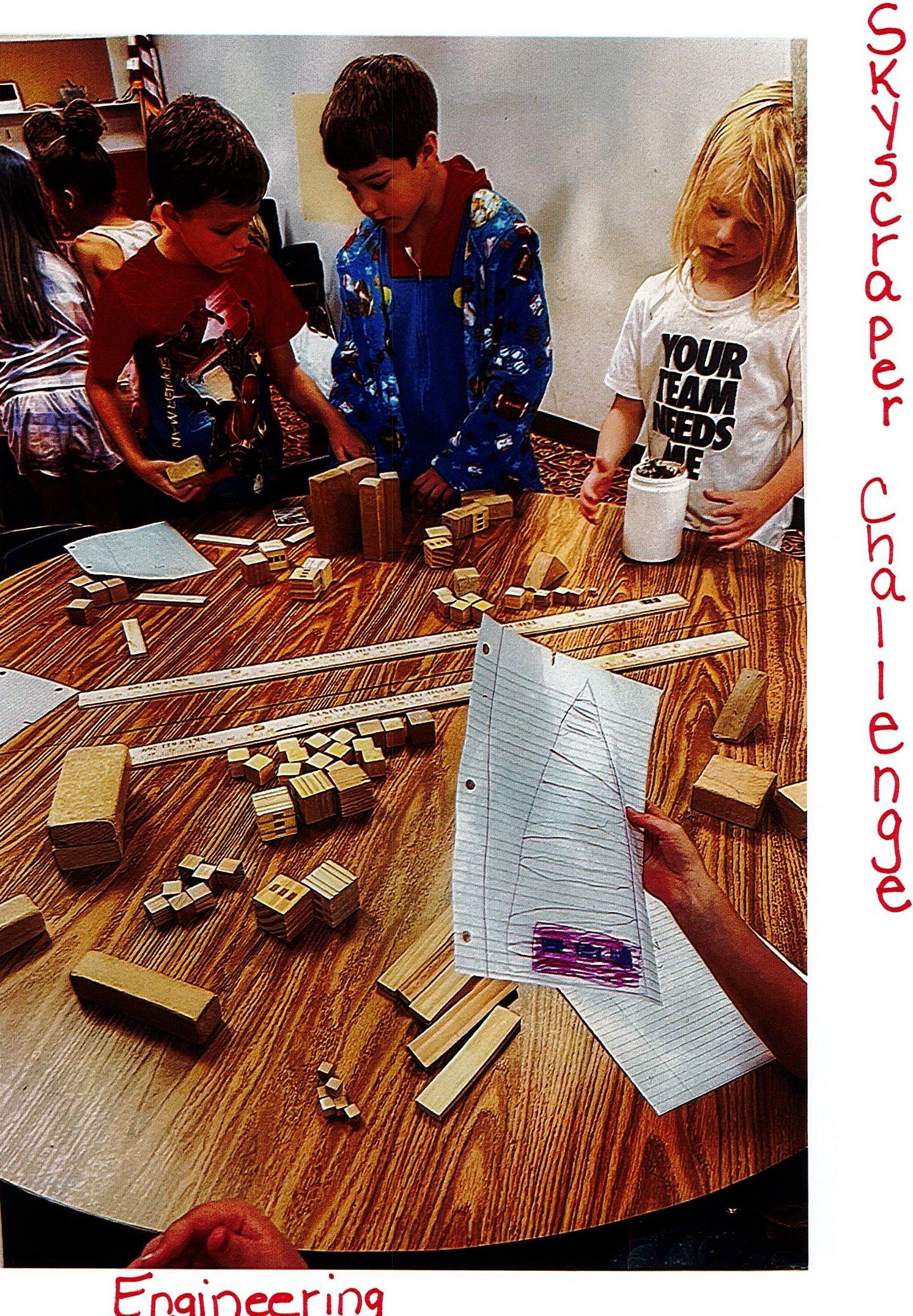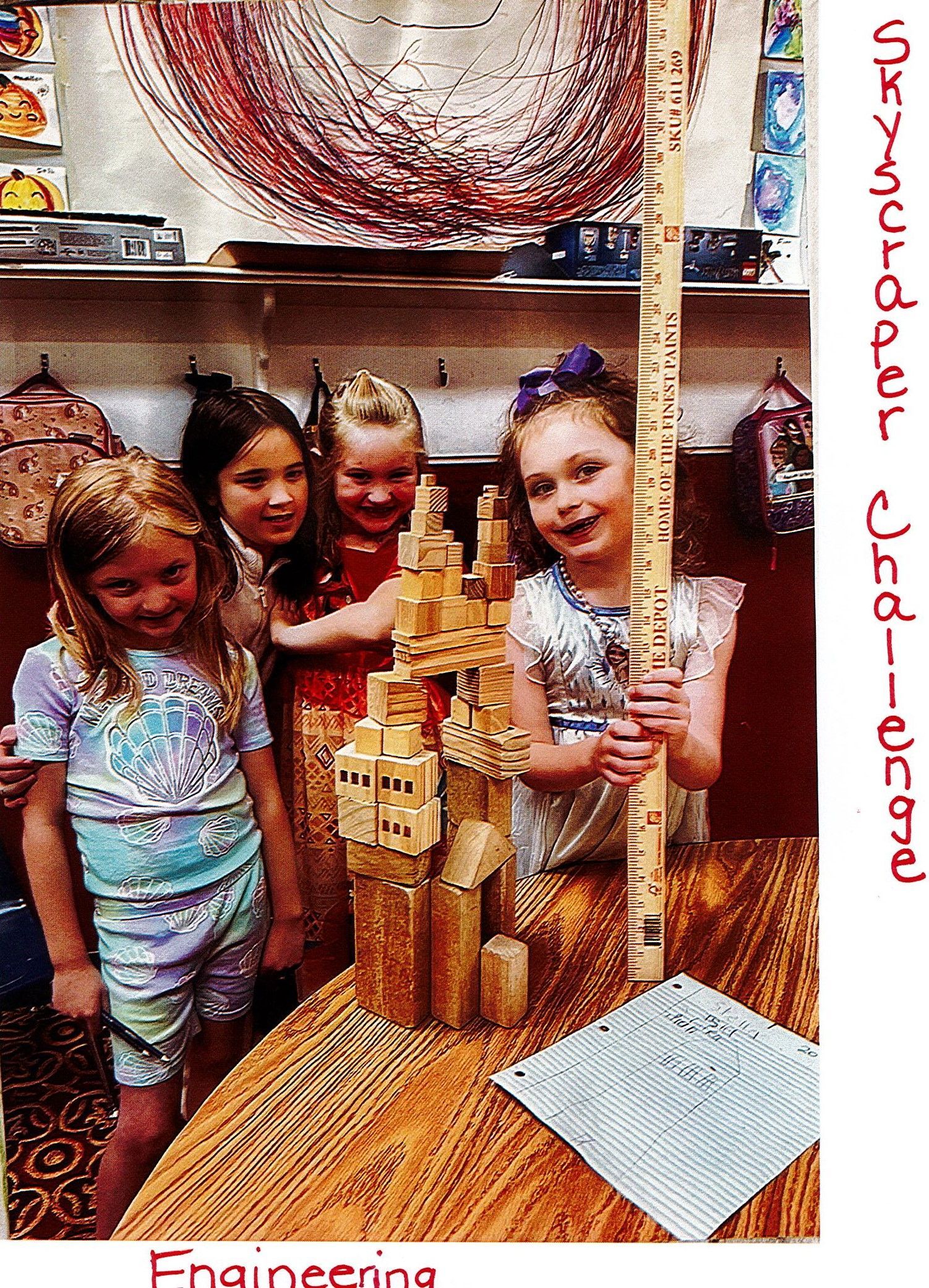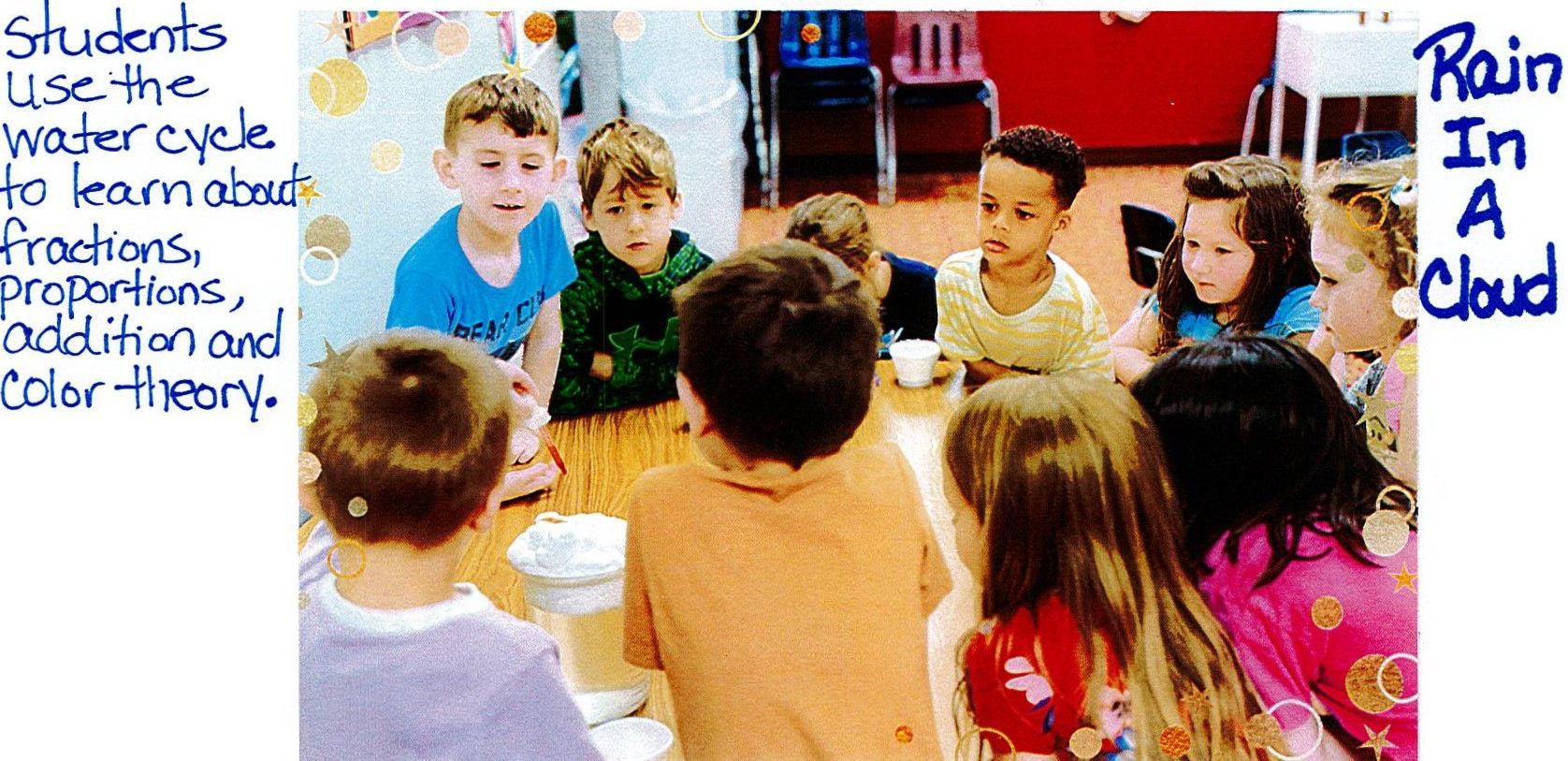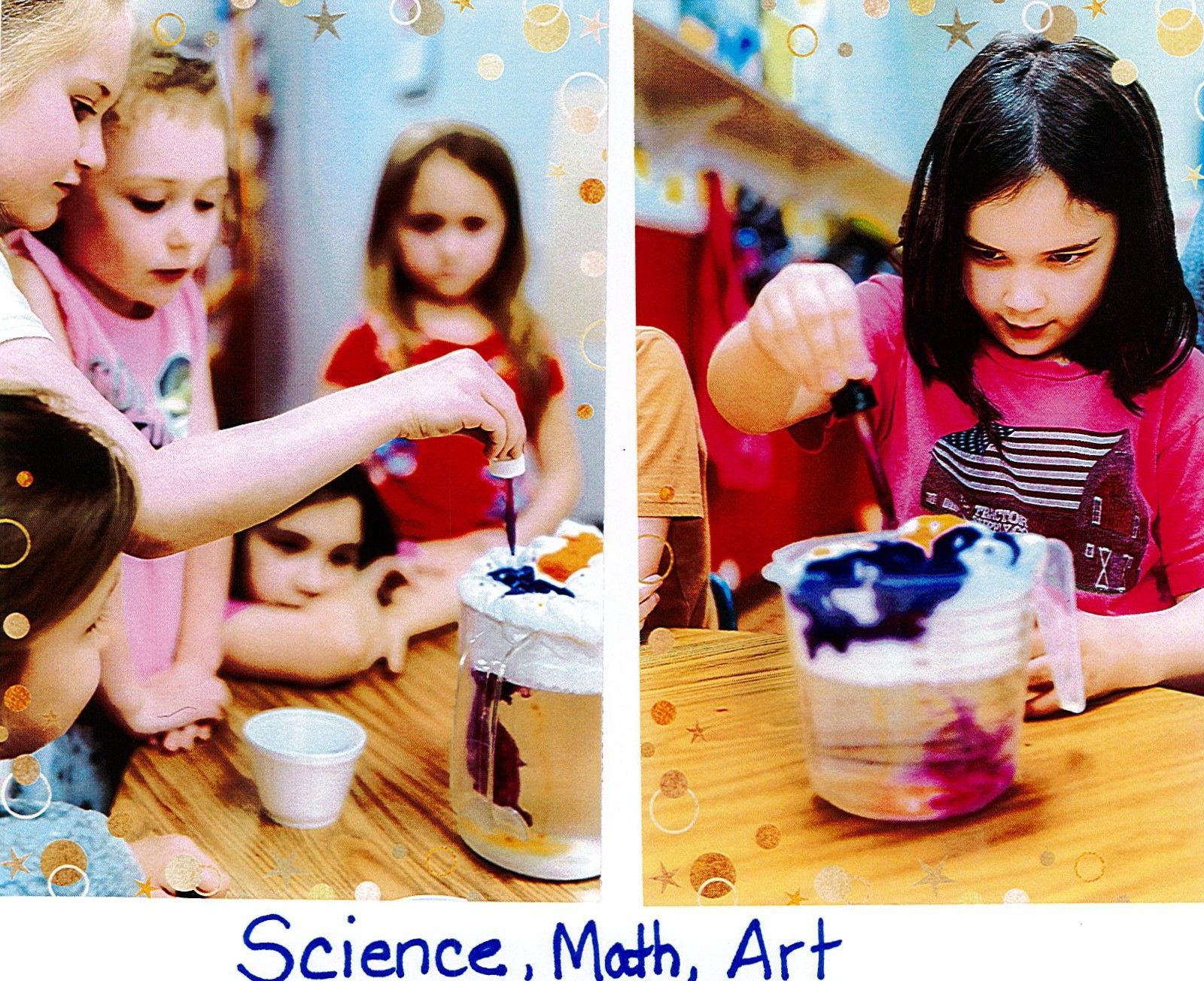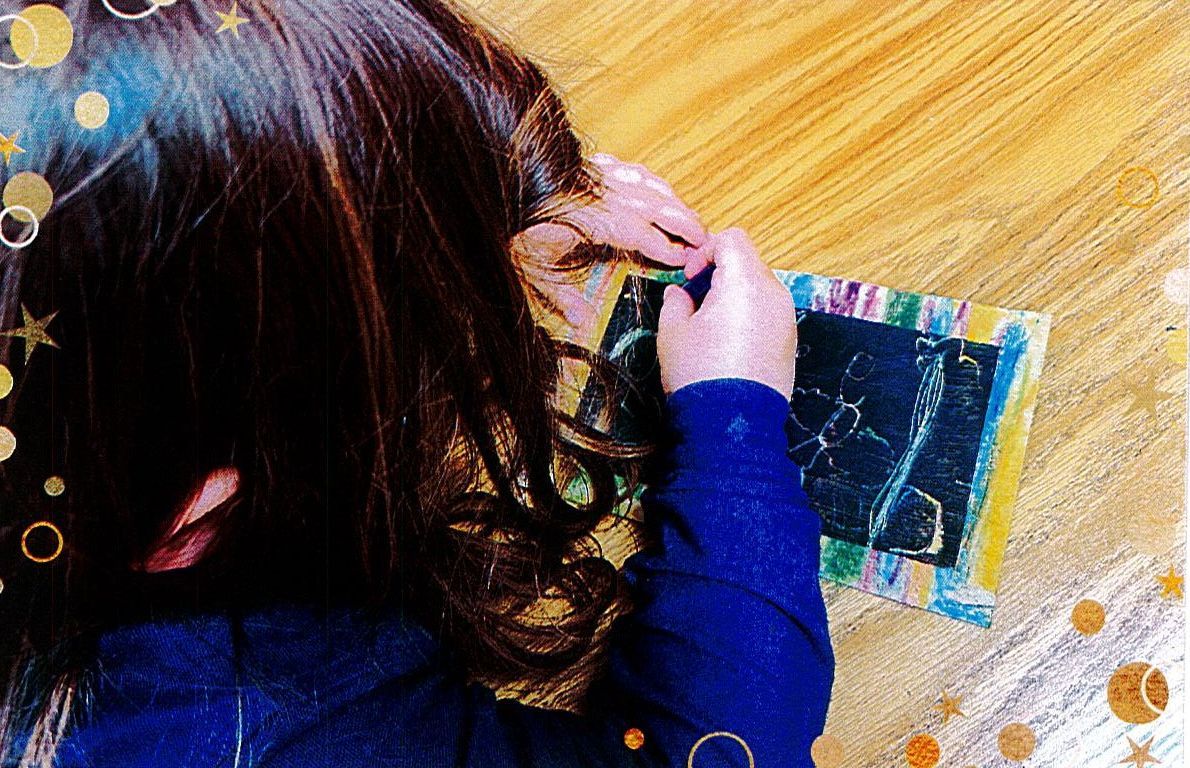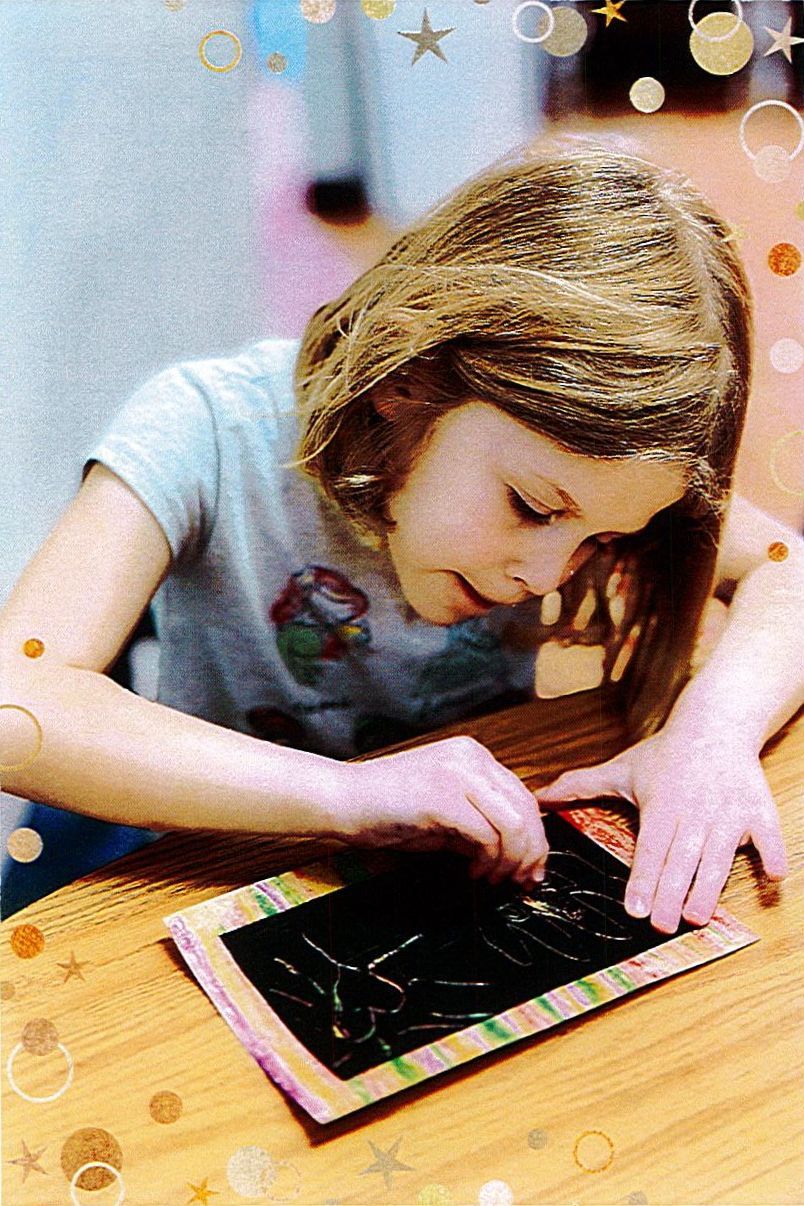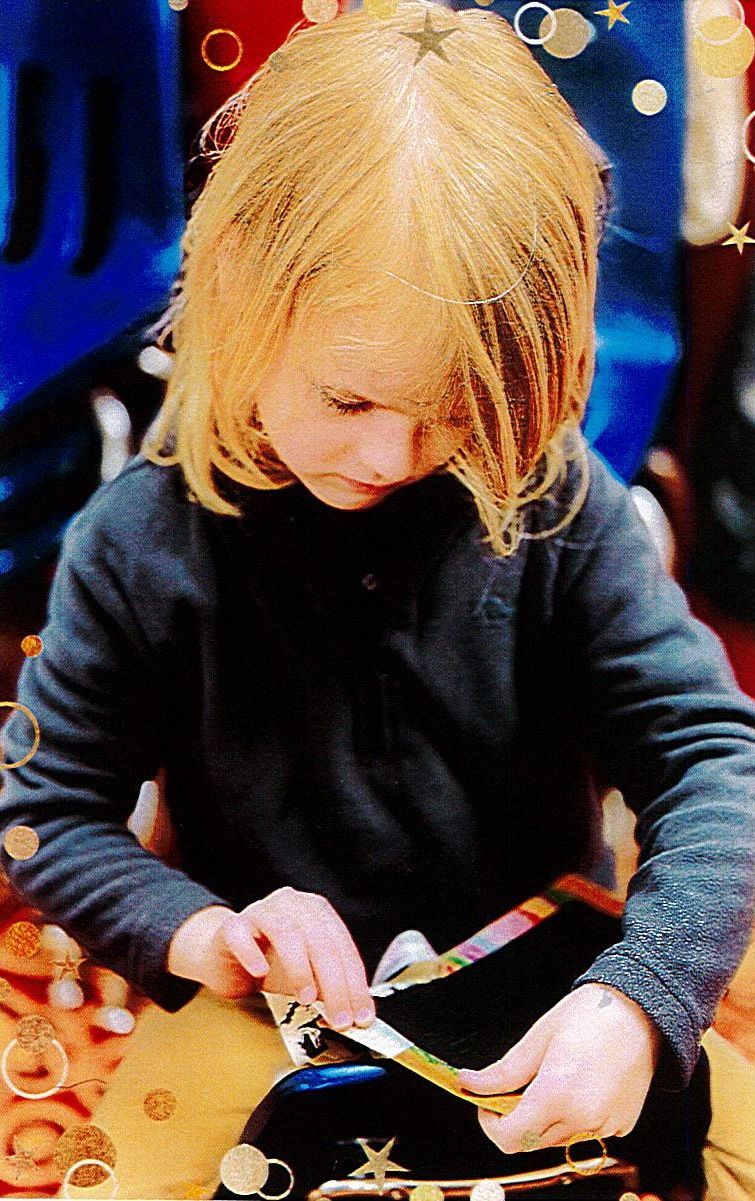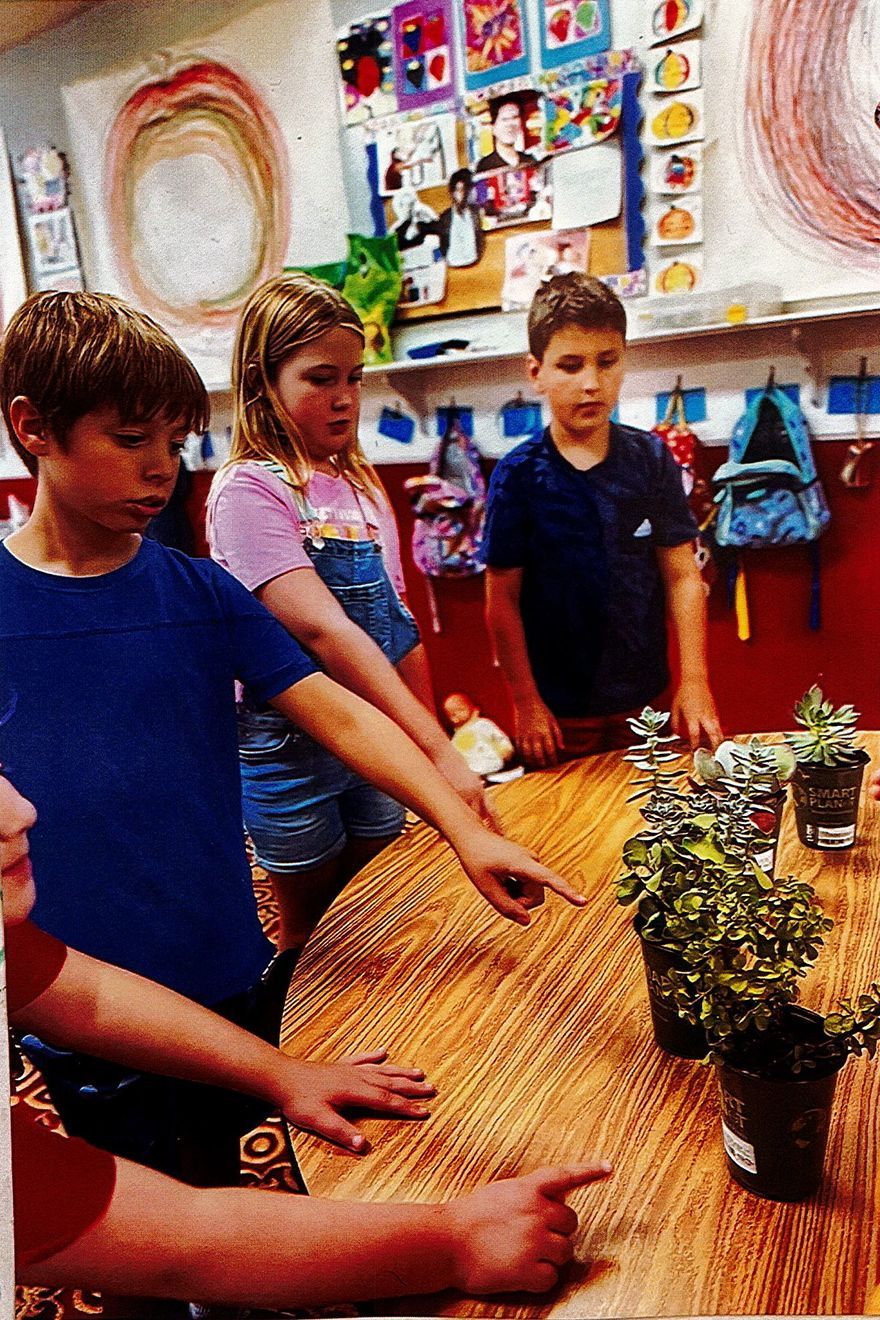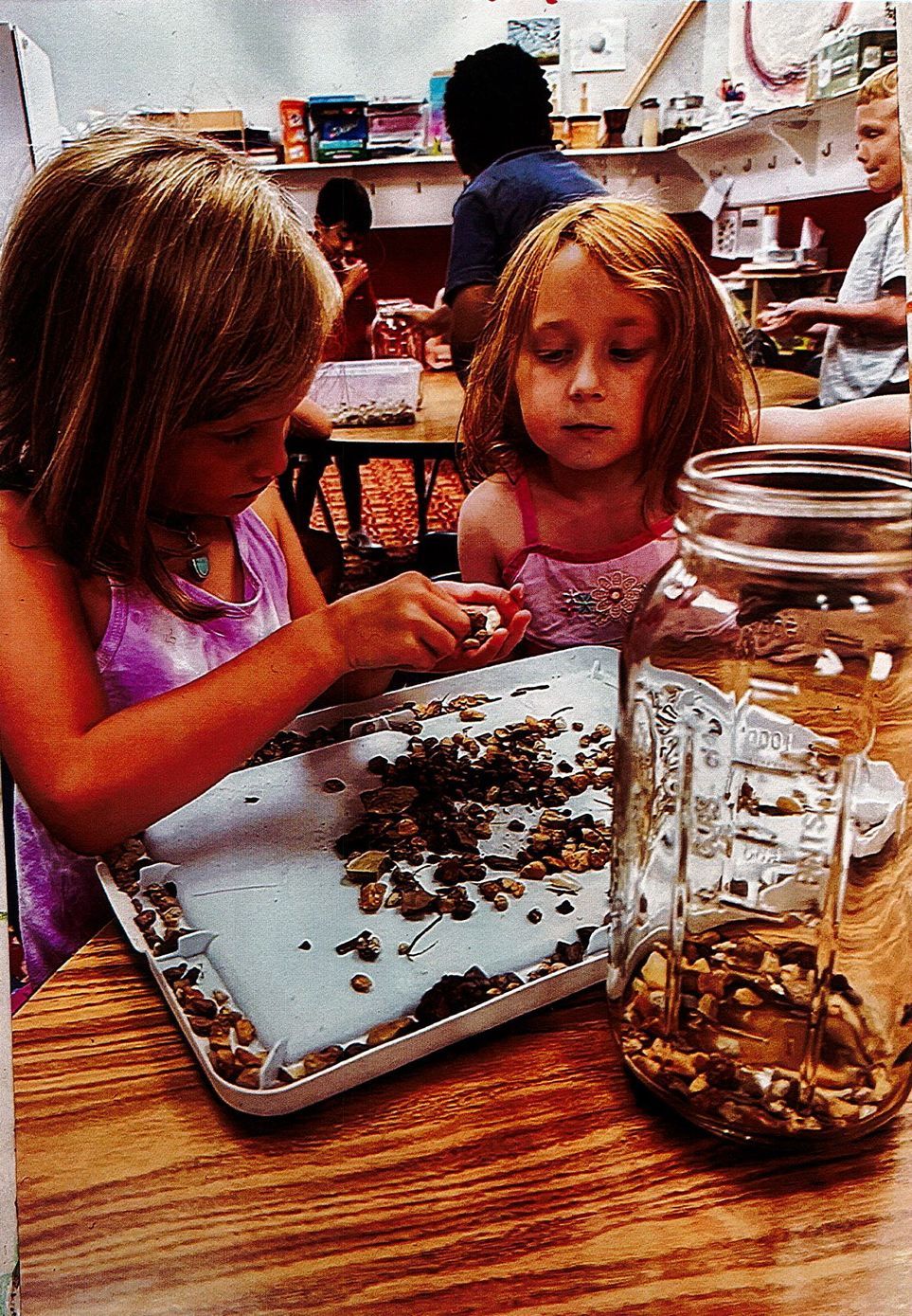STEAM at Sharon's
We are excited to offer our newest program in our early education curriculum: science, technology, engineering, art & math, most commonly know as STEAM. Our program uniquely takes the initiative in Virginia by offering STEAM alongside our main curriculum. This opportunity is available to all of our students as early as 2 ½ years of age. Our Program implements convergence education (various disciplines in one) to teach our students the fundaments of cognitive learning. The course is designed to use interdisciplinary learning (multiple branches of knowledge used at once) by incorporating fun projects helping to develop key skills such as collaboration, experimenting, building inquiries, and investigations. Our goal is to make learning fun, exciting, and approachable at an early age.
Engineering:
understanding load distribution
Students looked at structural principles and how they apply them when building their very own skyscrapers. We talked about how the load is distributed in a building and the physical properties of shapes and forms that can make that happen. Each student created four levels consisting of strategically distributed coils serving as load-bearing pillars. Then worked collaboratively to build a giant Highrise composed of all the levels superimposed on one another
Science:
Chemistry of salt and watercolor
Students looked at the property of absorption, which is called hygroscopic. Hygroscopic means that salt absorbs both liquid water (the watercolor paint mixture) and water vapor in the air. When salt is added to a watercolor painting, it absorbs the watercolor mixture without simply dissolving thus maintaining its physical properties. What is left are beautiful rings resembling tie dye and complex crystal designs created by the interaction of salt and watercolor.
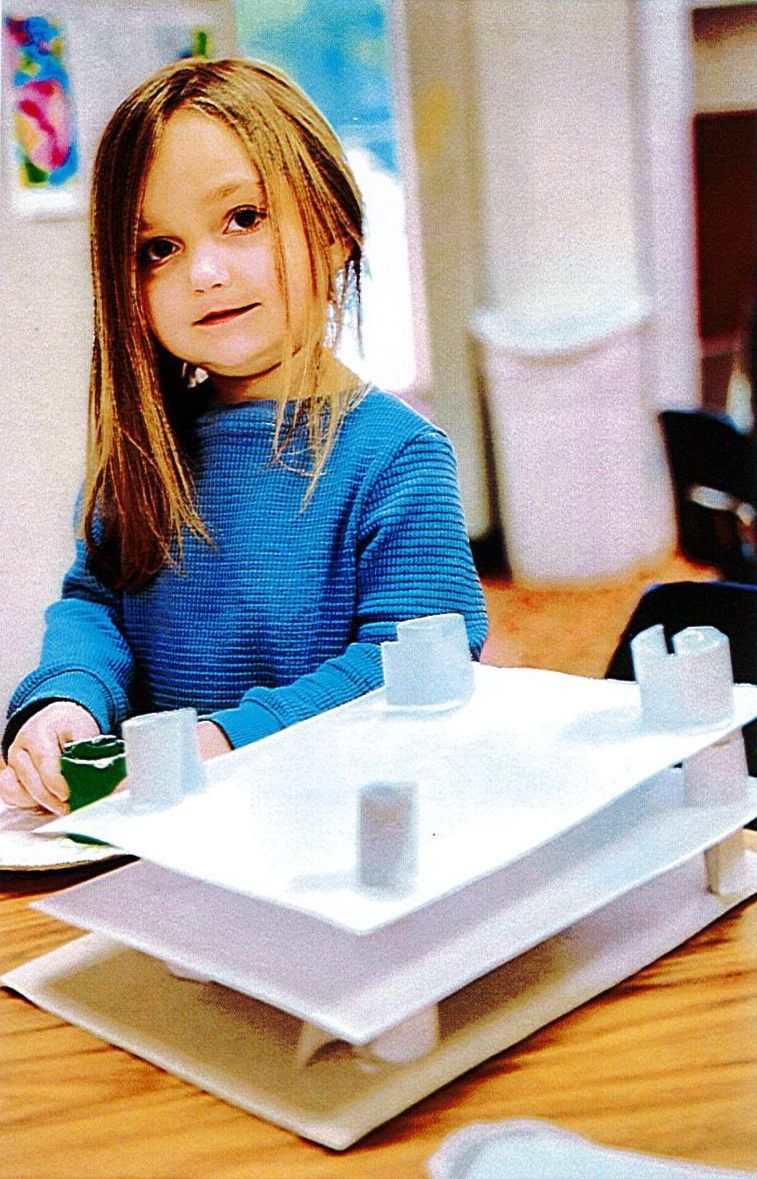
MATH:
Fractions, proportions, and addition.
Students use the water cycle to learn about fractions, proportions, addition, and color theory. By measuring out the parts needed of shaving cream and water using a breaker, as well as counting the droplets that enter the cloud using a dropper. Then by using primary and secondary colors they create tertiary colors and watch them flow down like rain.
ART:
Visual exploration, creativity, and technical applications.
Students use a variety of mark-making materials to explore exciting ways to tackle new and old problems. By introducing art into science, technology, engineering, and math, students are able to use their second most abundant resource which is creativity in order to make learning fun and approachable—all the while strengthening skills in design, drawing, and sculpting.
TECHNOLOGY:
ADDITIVE AND SUBRACTIVE PROCESSES
in this project, students learned the purpose of layers and how they pertain to Earth. They were tasked with an exercise to layer different mediums on cardstock in an effort to later reveal those layers by subtraction. The students were exposed to low and high-tech by being allowed to choose a variety of tools to remove paint and a tablet to view interactive videos and understand the purpose of layers more intuitively.
"Additive ideas come from mind quickly and easily but subtractive ideas require more cognitive effort. The researchers think there may be a self-reinforcing effect. The more often people rely on additive strategies, the more cognitively accessible they become. Over time, the habit of looking for additive strategies, the more cognitively accessible they become. Over time, the habit of looking for additive ideas may get stronger and stronger, and in the long run, we end up missing out on many opportunities to improve the world by subtraction." - Gabriel S. Adams, Benjamin A. Converse, Andrew H. Hales, Leidy E. Klotz. People systematically overlook subtractive changes. Nature, 2021; 592 (7853): 258 DOI: 10.1038/s41586-021-03380-y
